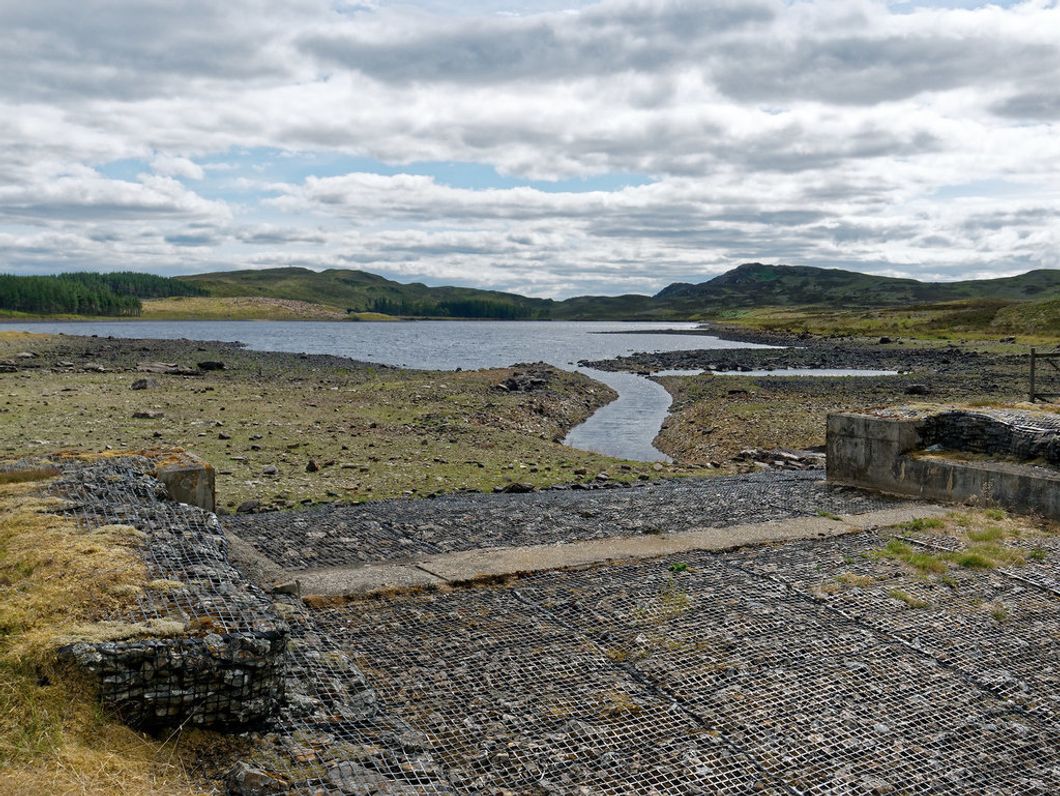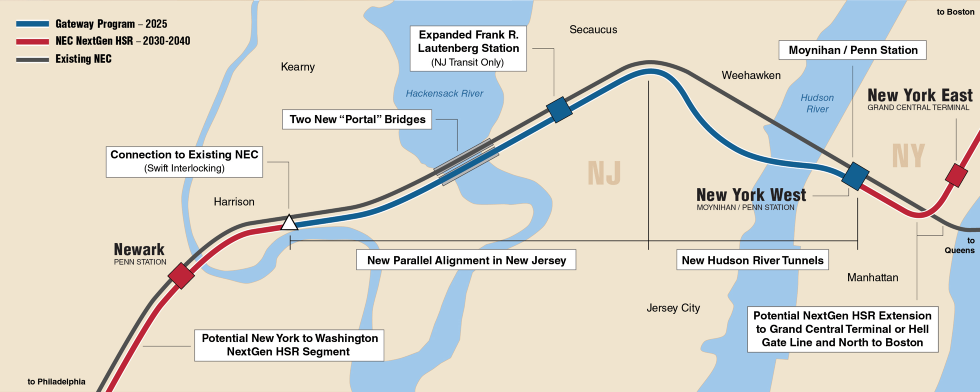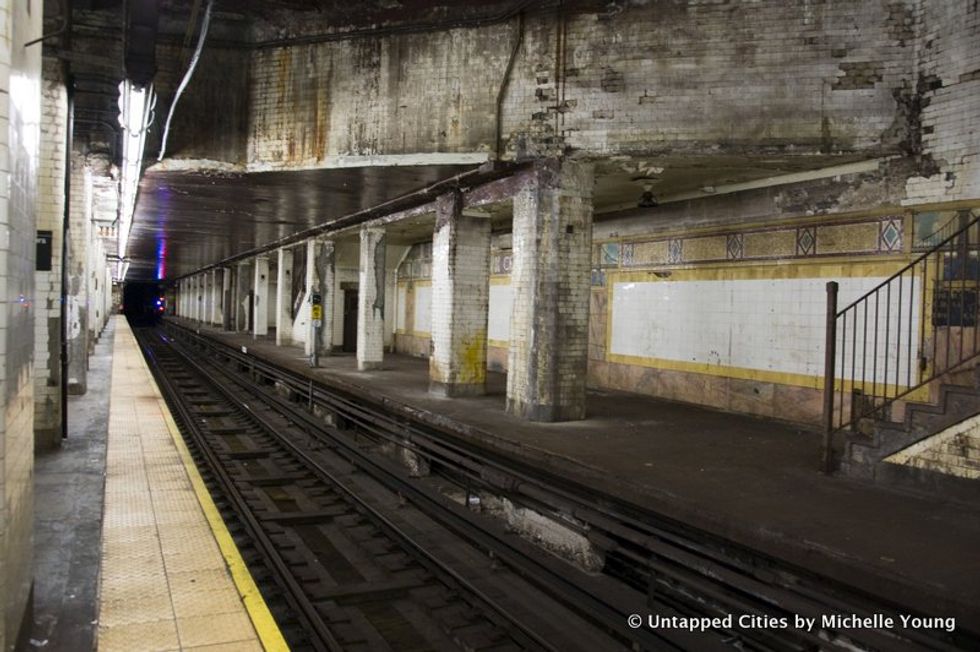The Global Water Crisis Is The Scariest Environmental Threat You Don't Hear People Talking About
By 2040, most major population centers will not have access to reliable clean water.
In 2018 Cape Town, South Africa was in the midst of a water crisis. Cape Town is a large city of over 4.1 million people. It is home to the country's Parliament and has a long complicated history of colonialism and racism.
However, in 2018 Cape Town's access to the most essential resource, water, was threatened.
Due to severe drought and government incompetence, Cape Town residents were limited to 50 liters of water per person per day. An average toilet used about 14 liters per flush and an average American shower is eight minutes and uses 65 liters. In addition to these unprecedented restrictions on water limits, the residents of Cape Town were facing "Day Zero". The city had decided that the only plausible solution was to turn off the city water supply and find alternative ways for residents to get fresh water. This meant no houses in Cape Town would have running water. Fortunately, Cape Town was able to avoid "Day Zero" thanks to reduced use of resources and the breaking of the drought.
However, the story only really starts here.
Cities that have hundreds of years of history are in danger of facing their own "Day Zeros". London, Istanbul, Tokyo, Moscow, Cairo, and Beijing are monstrous population centers that are all vulnerable and have inadequate preparations for a crisis. A few of these cities are vulnerable because of climate change effects like drought and rising sea levels, but most of these cities are vulnerable because of human pollution and irresponsible use. For example, the River Nile historically has allowed Egypt including the people of Cairo to thrive. However, due to the unregulated dumping of human waste and fertilizer, the water is becoming unsafe to drink. It is estimated that they will have a shortage of clean water by 2025. That's in six years.
As we saw somewhat in Cape Town, effective government regulation can resolve water crises. For cities like London and Tokyo that are facing problems with supply and demand, it is important that they begin planning for various threats to their resources. All these cities fueled climate change and now they are feeling the effects. Irresponsible pollution, overpopulation, and wasteful consumption are all becoming tropes of a modern city. All of these factors affect clean air and clean water, essential for life and two things we, fortunately, take for granted.
Or so we like to assume.
Everyone remembers Flint. The water crisis in Flint is ongoing and was caused by carelessness and gross negligence by government officials. When the city switched the water supply to the cheaper local river, the water wasn't properly treated. As a result, the entire city was exposed to unsafe levels of lead that was seeping out of the pipes. Five years since the water was switched and the people of Flint were exposed to unsafe water the pipes are still being replaced and both residents and officials are unsure if the water is safe.
In the United States, clean water access is taken for granted.
It's taken for granted like clean air is or safe roads are. We only notice these small details when they fail. Utilities and infrastructure are not fun to invest in, but they are essential for our standard of life. When the Trump administration took over the EPA drinking water quality enforcement stayed the same.
However, since taking office the major threats to American water supplies and safety is flooding. Amy Klobuchar introduced America's Water Infrastructure Act of 2018 that not only invested in flood control but provided funds for water resources development. This act was not groundbreaking, it recommitted the American public to reinvesting in protecting America's valuable resources. It is important for the public to stay up to date on drought conditions across the country and to know when communities are being affected by polluted water.







 We must invest in America's public transit infrastructure to make America great.
We must invest in America's public transit infrastructure to make America great. 



















